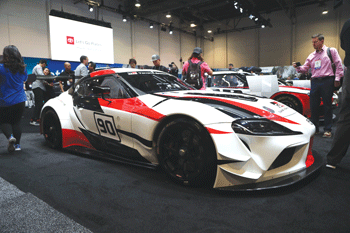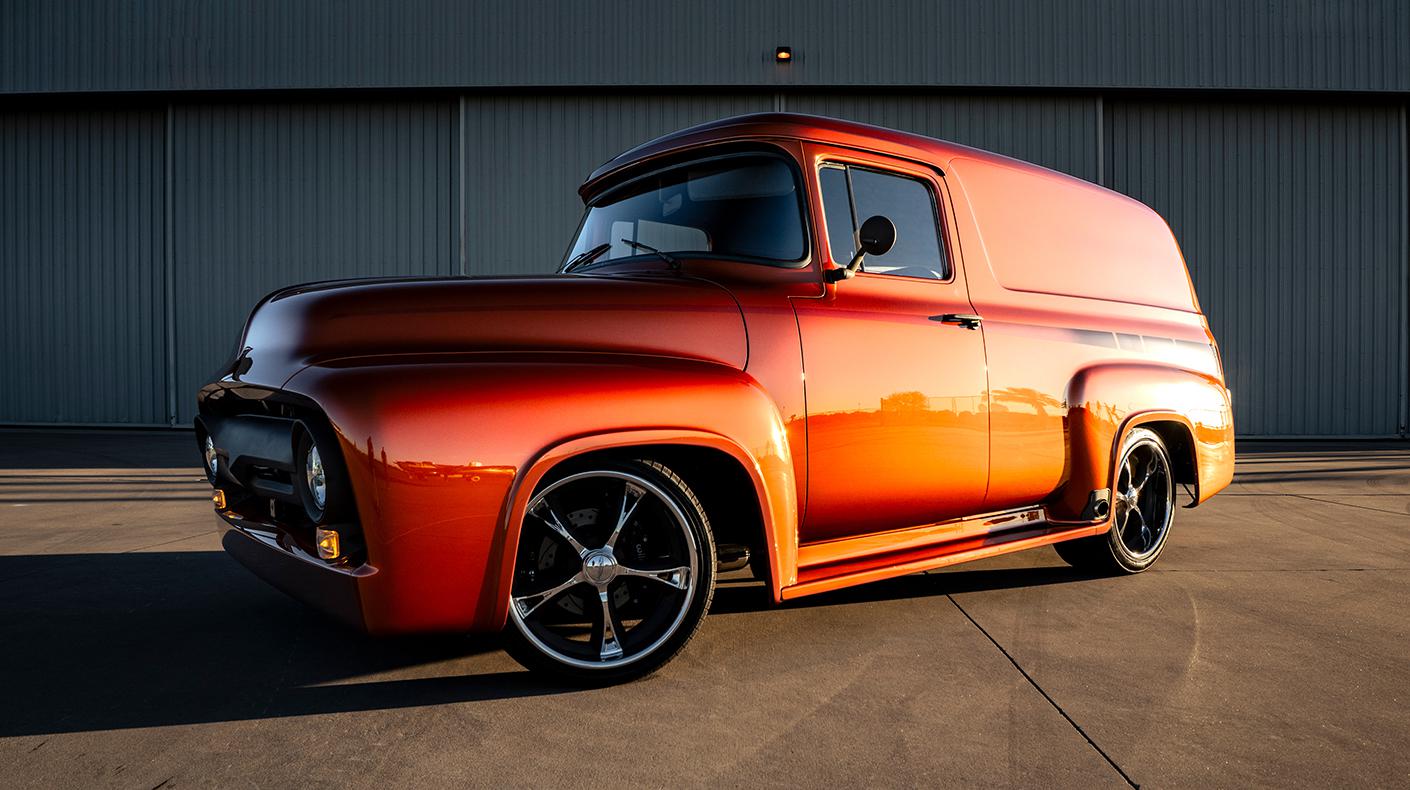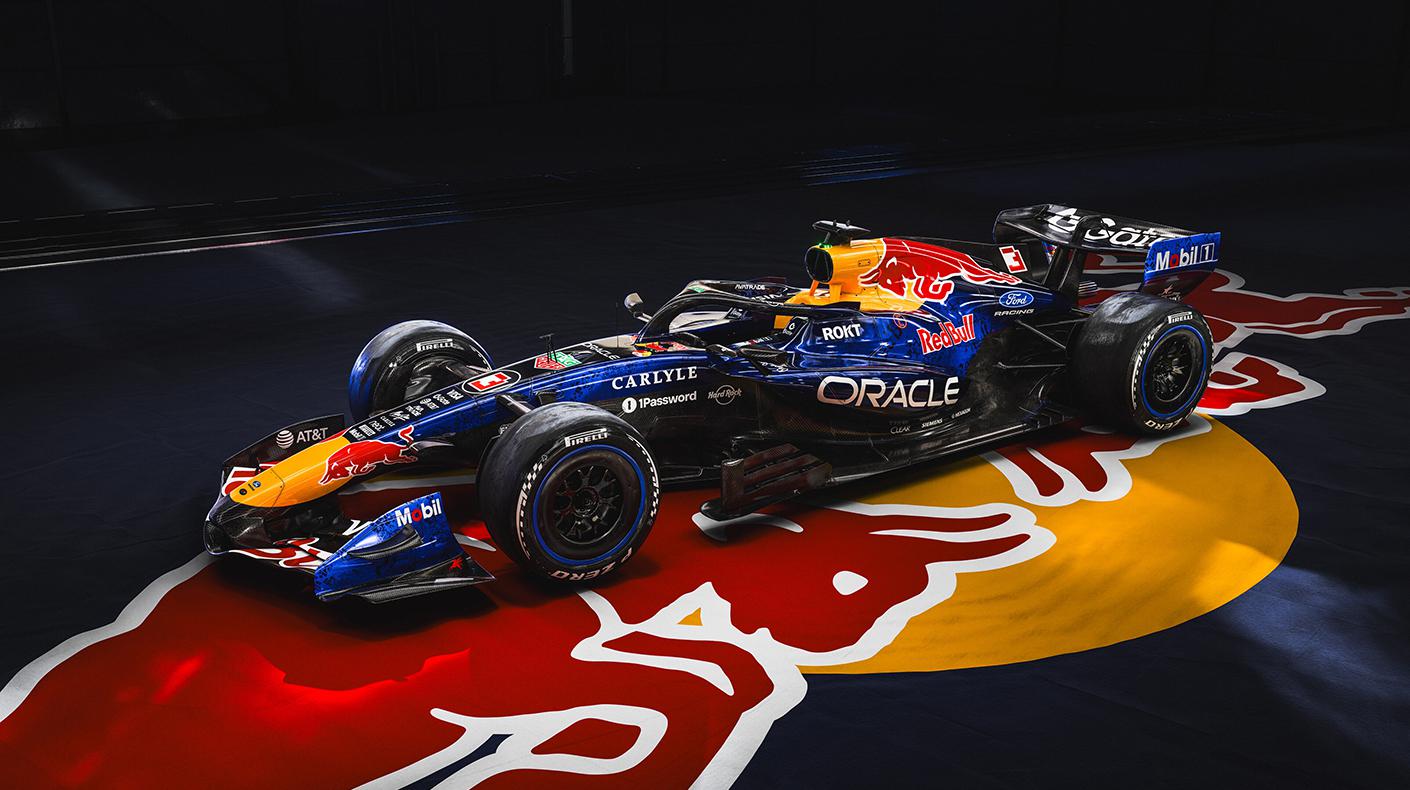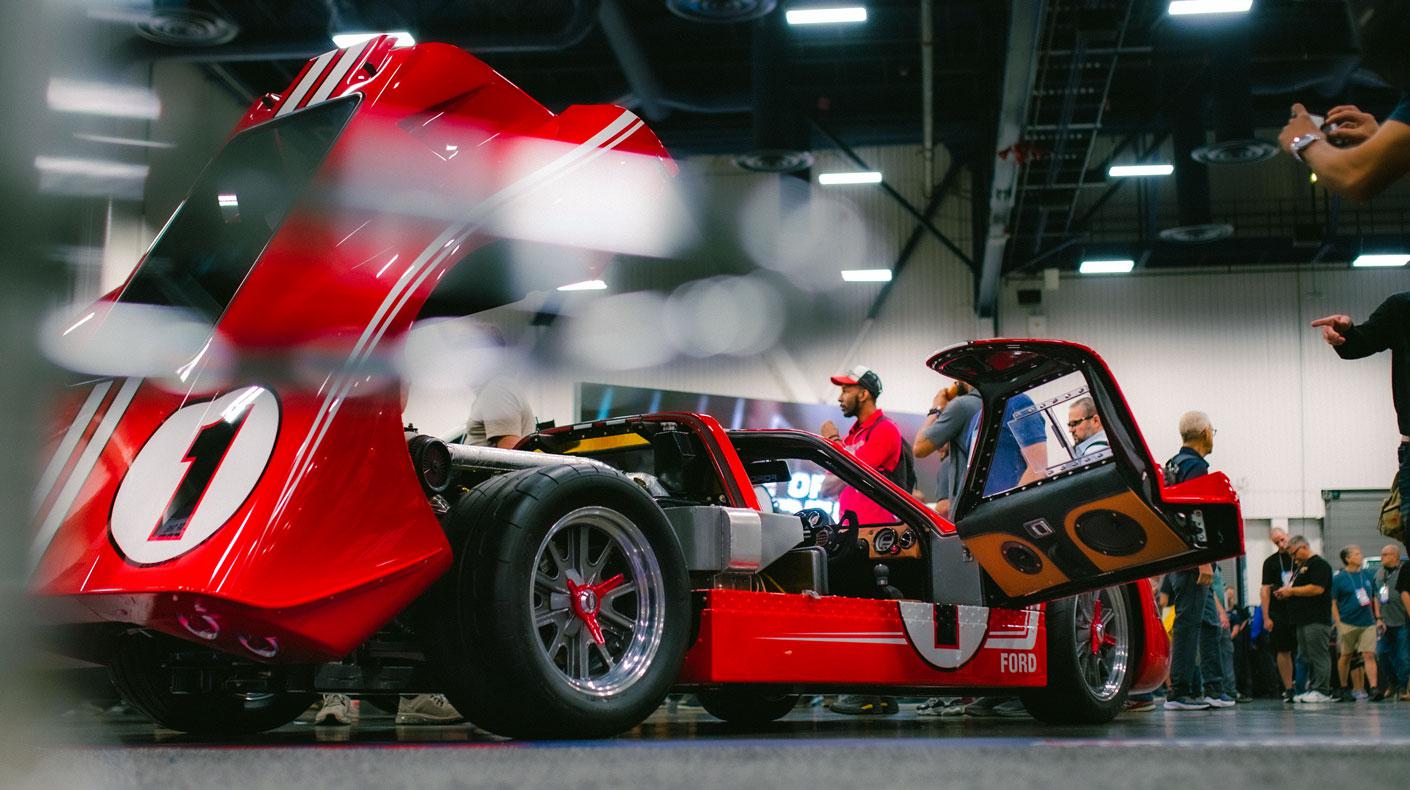By SEMA Editors
 Created by TOYOTA GAZOO Racing, the GR Supra Racing Concept has a pure front-engine/rear-wheel-drive configuration and makes use of lightweight materials in its construction. Created by TOYOTA GAZOO Racing, the GR Supra Racing Concept has a pure front-engine/rear-wheel-drive configuration and makes use of lightweight materials in its construction. |
Toyota unveiled the GR Supra Racing Concept at the 2018 SEMA Show, reviving the name of Toyota’s most celebrated sportscar capable of performing both on the road and on the racetrack. The Supra badge first appeared in 1978 on a larger and more powerful version of the second-generation Celica before becoming established as a successful model in its own right. Known as the A40, the original Supra was followed by three further generations: the A60 in 1981, A70 in 1986 and A80 in 1993.
The GT sportscar remained in production until 2002, and in its final generation, it was Toyota’s most powerful production model. The fourth-generation Supra, introduced in 1993, became the dominant force in the All-Japan GT racing—today’s Super GT series—winning the GT500 class four times. The Toyota Supra also competed in American IMSA sportscar racing in the ’80s and twice appeared at Le Mans in the ’90s.
GR Supra Racing Concept
A compact, two-door car, the GR Supra Racing Concept has a pure front-engine/rear-wheel-drive configuration and makes use of lightweight materials in its construction. Created by TOYOTA GAZOO Racing, the large “90” race number on its doors is a historical reference to Supra’s codename and a visual clue to the fact that this concept heralds Supra’s return in a fifth generation. The GR Supra will participate in international motorsport events, including the World Rally Championship, World Endurance Championship and the Le Mans 24 Hours race, and will also be featured in a new update of the Gran Turismo Sport video game, scheduled for release in April 2018.
Design, Chassis and Equipment Features
The racing concept has a bodywork design that includes a large rear wing. It makes extensive use of strong but lightweight composite material for elements such as the wide front and rear bumpers, front splitter and rear diffuser, side skirts, door mirror housings and the rear wing. The hood is crafted from the same material and features louvred air inlets. The windscreen and side windows are made of plastic. The concept’s chassis features a lowered front and rear suspension using OE components. BBS racing wheels with center-nut attachment are fitted with Michelin racing tires. The braking system uses Brembo Racing callipers and discs and there is a racing exhaust. The cabin is entirely competition-focused and is fitted with a racing dashboard and OMP driver’s seat and safety harness. OMP has also supplied the quick-release steering wheel, mounted on a racing column and equipped with a paddle shift system. The doors are lined with carbon-fiber panels and the dashboard includes a racing display. Competition safety requirements are met by a full roll cage and fire extinguishers, and the fuel and brake lines, pedal box, battery and wiring looms are all designed to competition standard.





